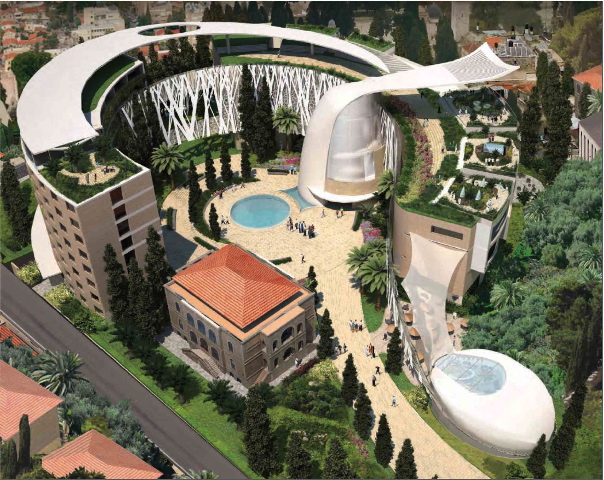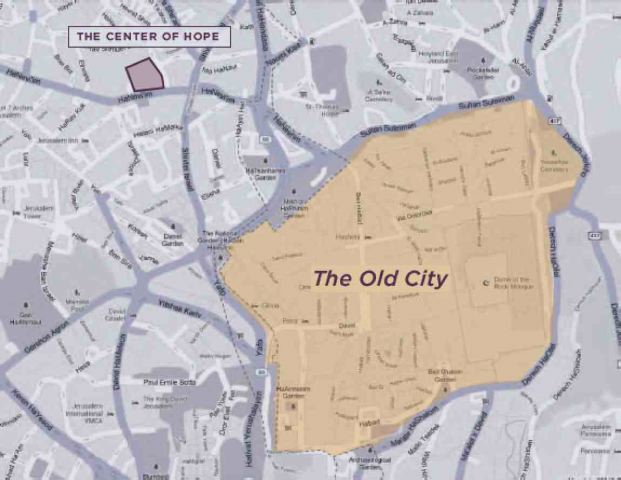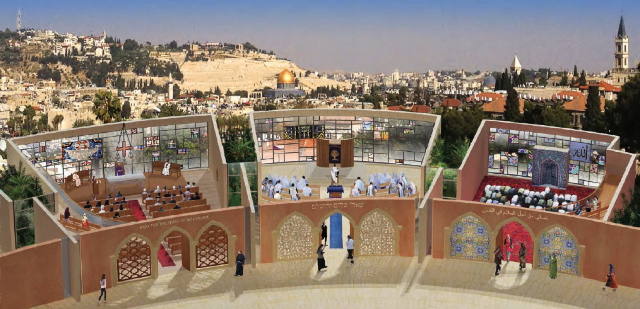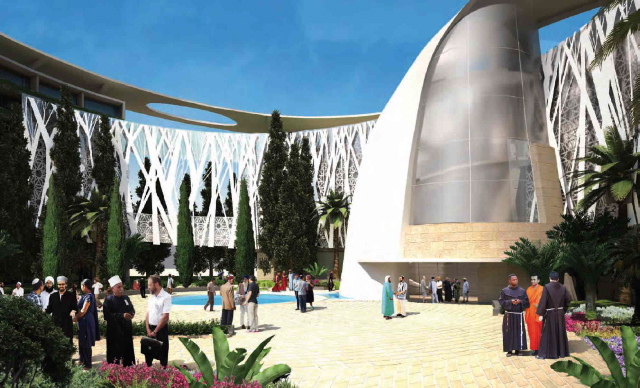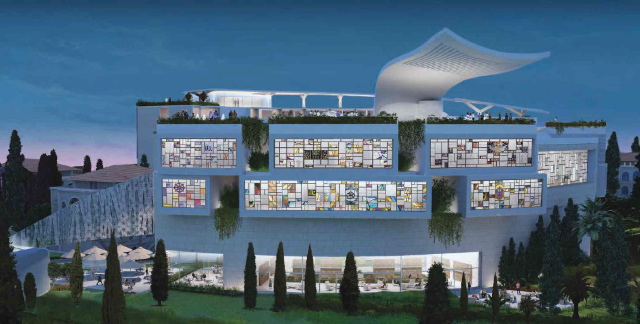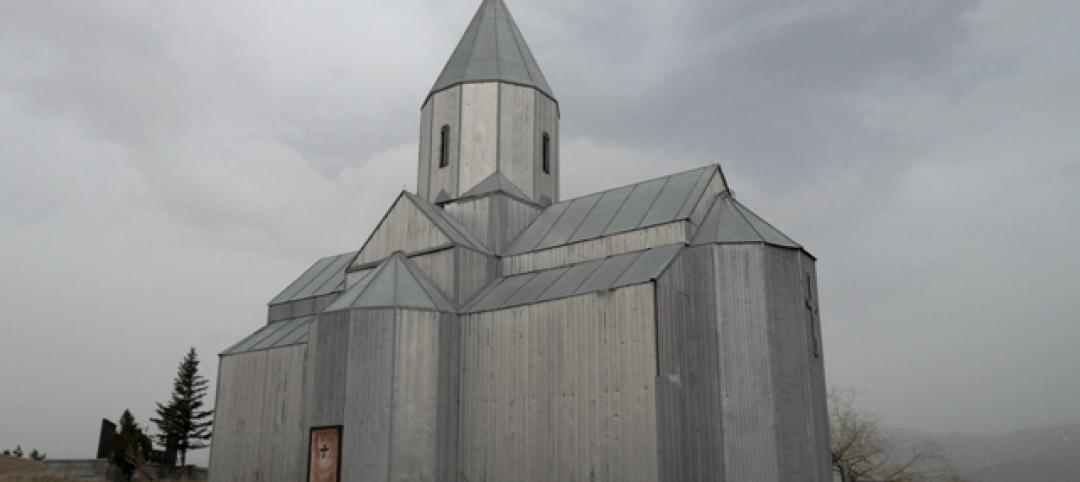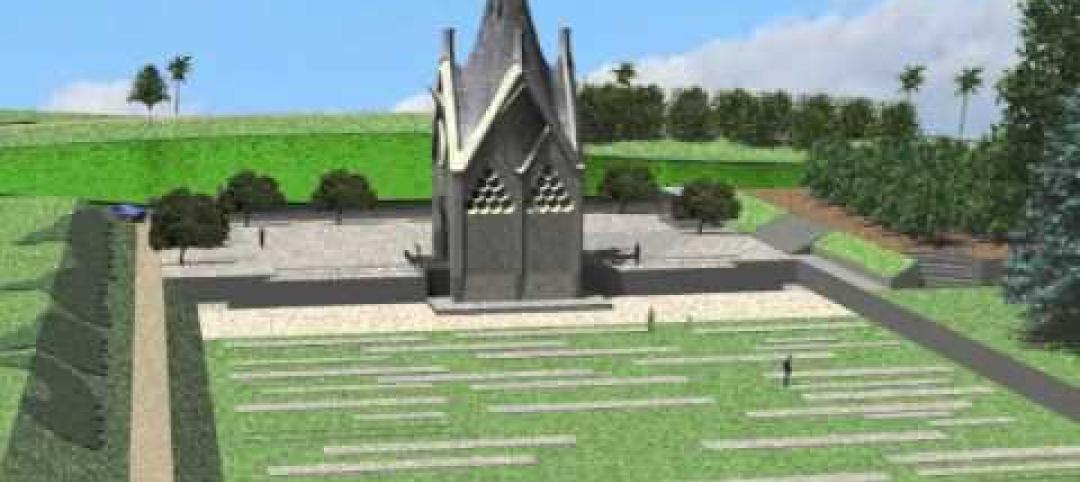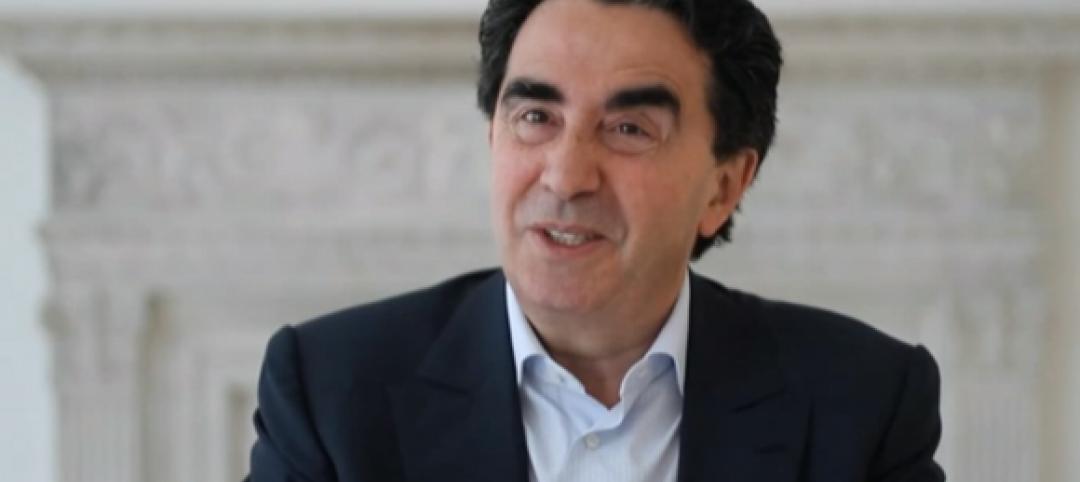The firm Lee H. Skolnick Architecture + Design Partnership has been selected to design the Center for HOPE, a new, 46,000-sf center in Jerusalem for religious education, cultural sharing and prayer among members of different faith traditions.
Like a United Nations for the religious world, the planned Center for HOPE is conceived by its backers as a place where people of all religions have a welcoming home and a place to help "bring about world-changing peace and harmony," according to The Elijah Interfaith Institute, the project's leader.
Support for the Center for HOPE has come from around the world from financial supporters as well as religious leaders including: the Dalai Lama; Cardinal Christoph Schönborn of Austria; Bhai Sahib Bhai Mohinder Singh of the U.K.; Grand Mufti Mustafa Ceric, of Bosnia; Chief Rabbi Jonathan Sacks of the U.K.; and Mata Amritanandamayi Devi of India.
According to Lee H. Skolnick, FAIA, the Center for Hope will be located on Prophets Street near Jerusalem's Old City, designed with symbolic meaning that reflects its redolent location.
"HOPE stands for 'House of Prayer and Education,' and the Center for HOPE experience is designed to unfold as a journey of peace and ascension," says Skolnick. "It is designed to provide beautiful prayer spaces, museum elements, art exhibition spaces, a library, a hospitality center, and study and lecture rooms for resident scholars."
The ribbonlike, sloping buildings curve around a verdant courtyard with reflecting pools, and feature green roofs and sustainable design elements. The mission of the new center, according to the Elijah Interfaith Institute, is as follows:
"Through prayer, education and cultural sharing, the Center of Hope seeks to bring about transformation in the lives of participants, increased understanding and appreciation between members of different faith traditions and a meaningful contribution to processes of peacemaking, community building and reconciliation between diverse faith communities in Jerusalem, thereby serving as a sign and model for religions and their possible relationships worldwide."
Related Stories
Sponsored | Metals | Feb 25, 2015
Why churches are being built of metal
Affordability and speed of building are important factors.
Architects | Feb 11, 2015
Shortlist for 2015 Mies van der Rohe Award announced
Copenhagen, Berlin, and Rotterdam are the cities where most of the shortlisted works have been built.
| Jan 19, 2015
Gaudi’s first work outside Spain will be a chapel in Chile
Nearly 100 years after Antoni Gaudí’s death, Chile will begin constructing a chapel using his designs.
| Jan 9, 2015
Santiago Calatrava talks with BBC about St. Nicholas Church on Ground Zero
Calatrava reveals that he wanted to retain the “tiny home” feel of the original church building that was destroyed with the twin towers on 9/11.
| Jan 2, 2015
Construction put in place enjoyed healthy gains in 2014
Construction consultant FMI foresees—with some caveats—continuing growth in the office, lodging, and manufacturing sectors. But funding uncertainties raise red flags in education and healthcare.
| Dec 28, 2014
AIA course: Enhancing interior comfort while improving overall building efficacy
Providing more comfortable conditions to building occupants has become a top priority in today’s interior designs. This course is worth 1.0 AIA LU/HSW.
| Dec 2, 2014
Nonresidential construction spending rebounds in October
This month's increase in nonresidential construction spending is far more consistent with the anecdotal information floating around the industry, says ABC's Chief Economist Anirban Basu.
| Oct 23, 2014
Santiago Calatrava-designed church breaks ground in Lower Manhattan
Saturday marked the public "ground blessing" ceremony for the Saint Nicholas National Shrine, the Greek Orthodox Church destroyed on 9/11 by the collapse of the World Trade Center towers.
| Oct 16, 2014
Perkins+Will white paper examines alternatives to flame retardant building materials
The white paper includes a list of 193 flame retardants, including 29 discovered in building and household products, 50 found in the indoor environment, and 33 in human blood, milk, and tissues.
| Oct 15, 2014
Harvard launches ‘design-centric’ center for green buildings and cities
The impetus behind Harvard's Center for Green Buildings and Cities is what the design school’s dean, Mohsen Mostafavi, describes as a “rapidly urbanizing global economy,” in which cities are building new structures “on a massive scale.”


